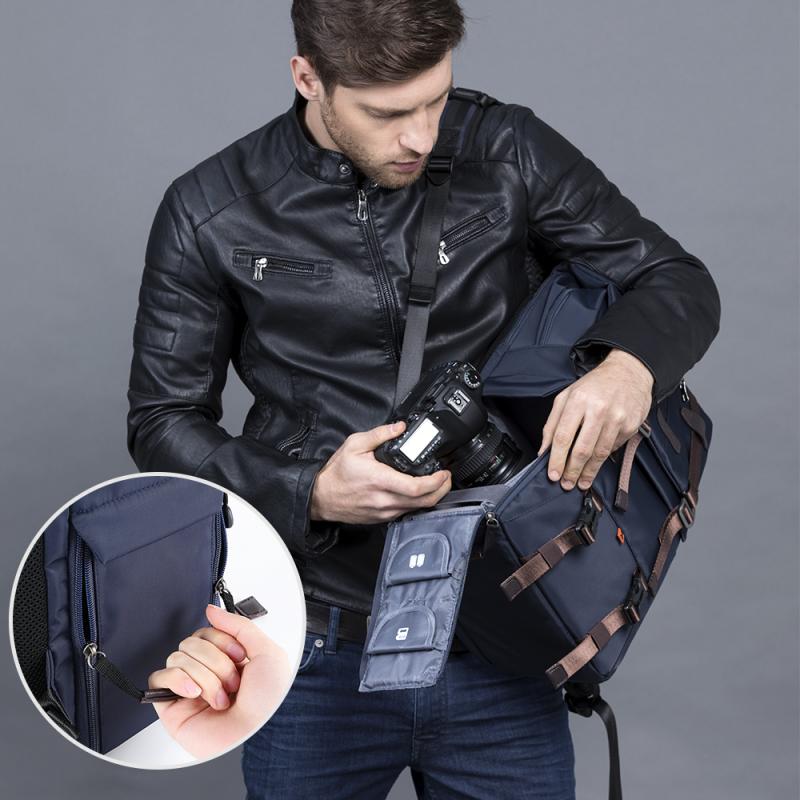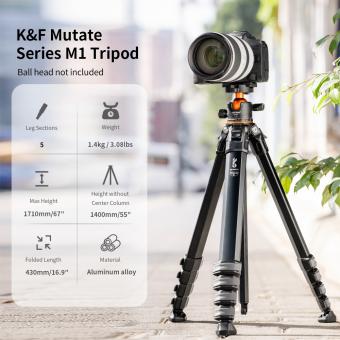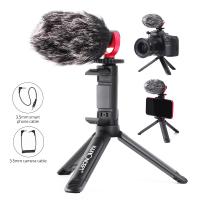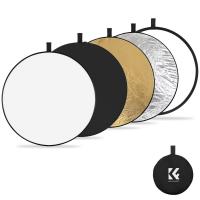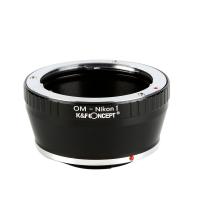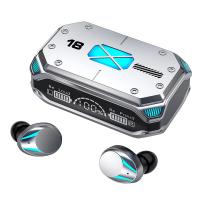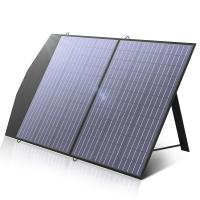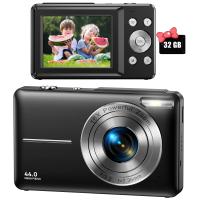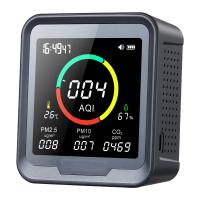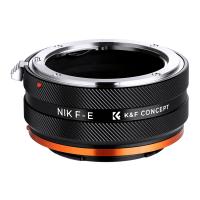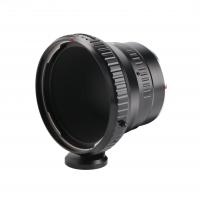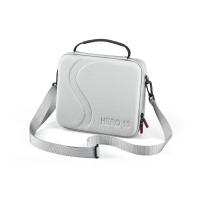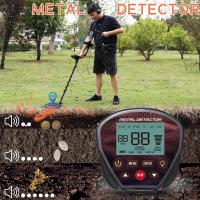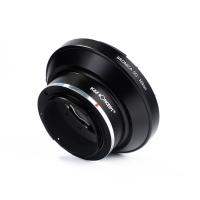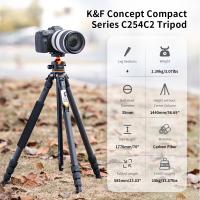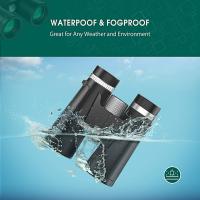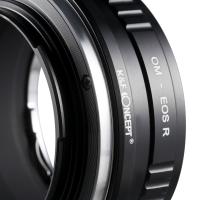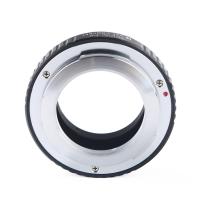When To Use A Monopod For Photography ?
A monopod is typically used in photography when you need additional stability for your camera but still want the flexibility and mobility of shooting handheld. It can be particularly useful in situations where tripods are not allowed or impractical to use, such as in crowded areas or when shooting on uneven terrain. A monopod helps to reduce camera shake and allows you to shoot at slower shutter speeds without compromising image sharpness. It is commonly used in sports, wildlife, and event photography, where quick movements and agility are required. Additionally, a monopod can provide support for heavy telephoto lenses, making it easier to handle and reducing fatigue during long shooting sessions.
1、 Stability: Enhancing camera stability for sharper images.
When to use a monopod for photography? One of the main reasons to use a monopod is to enhance camera stability, resulting in sharper images. A monopod provides a stable base for your camera, reducing the chances of camera shake and blurriness in your photos. This is especially important in situations where you need to use slower shutter speeds or longer focal lengths.
Using a monopod can be particularly beneficial in low-light conditions or when shooting in crowded areas where tripods may not be allowed or practical. It allows you to maintain stability while keeping your gear lightweight and portable. Additionally, a monopod can be a great tool for photographers who need to move quickly or shoot in dynamic environments, such as sports or wildlife photography. It provides a balance between stability and mobility, allowing you to capture fast-moving subjects with ease.
In recent years, advancements in image stabilization technology have made monopods even more effective. Some monopods now come with built-in stabilization systems, which further reduce camera shake and improve image quality. These systems can compensate for small movements and vibrations, resulting in sharper images even when shooting handheld.
However, it's important to note that a monopod is not a substitute for a tripod in all situations. While a monopod provides stability, it does not offer the same level of support as a tripod. If you need maximum stability, such as for long exposures or when shooting in windy conditions, a tripod is still the preferred choice.
In conclusion, using a monopod for photography is ideal when you need to enhance camera stability for sharper images. It is particularly useful in low-light conditions, crowded areas, and dynamic shooting situations. With the latest advancements in image stabilization technology, monopods have become even more effective in reducing camera shake and improving image quality. However, it's important to consider the specific requirements of your shoot and choose the appropriate support system accordingly.
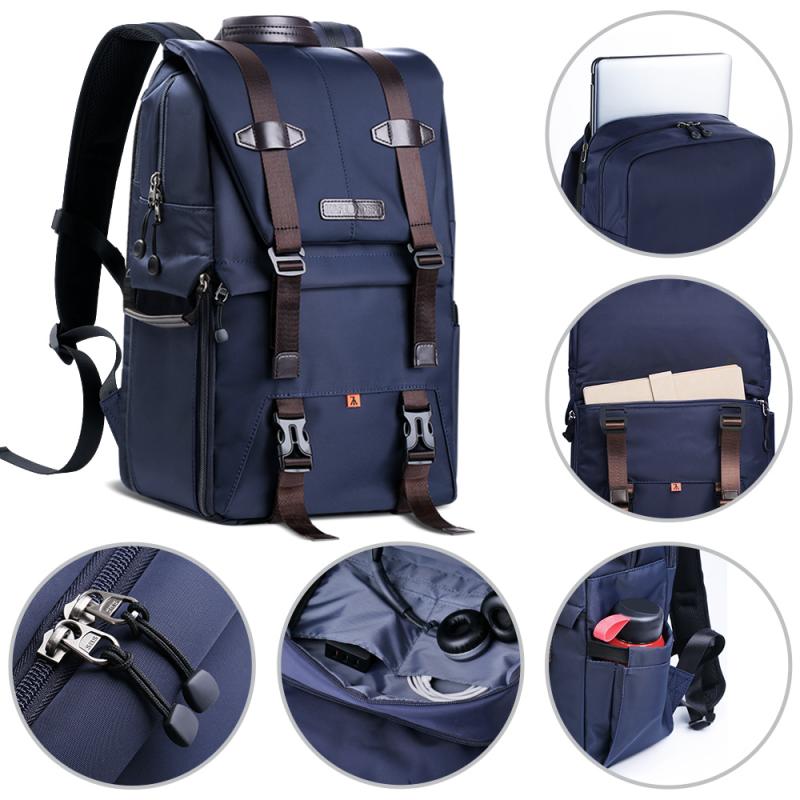
2、 Portability: Lightweight support for on-the-go photography.
When to use a monopod for photography? One of the main reasons to use a monopod is its portability. A monopod is a lightweight support that can be easily carried around, making it ideal for on-the-go photography. Whether you are traveling, hiking, or simply walking around a city, a monopod can provide stability to your shots without weighing you down.
The portability of a monopod allows photographers to quickly set up and adjust their equipment, making it a great choice for capturing fast-paced action or spontaneous moments. It can be particularly useful in situations where tripods are not allowed or impractical to use, such as crowded events or tight spaces.
Additionally, a monopod can help reduce camera shake and improve image sharpness, especially when shooting with longer lenses or in low light conditions. By providing a single point of contact with the ground, it offers more stability than handholding the camera alone.
Moreover, using a monopod can also help alleviate fatigue during long photography sessions. It provides a comfortable and steady support for your camera, allowing you to focus on composing your shots without straining your arms or shoulders.
In recent years, monopods have become even more versatile with the introduction of advanced features. Some monopods now come with built-in fluid heads, allowing for smooth panning and tilting movements. Others have retractable feet, transforming them into a mini tripod for added stability.
In conclusion, a monopod is a valuable tool for photographers who prioritize portability and flexibility. Its lightweight design, ease of use, and stability make it an excellent choice for on-the-go photography, ensuring that you can capture sharp and steady shots wherever your adventures take you.
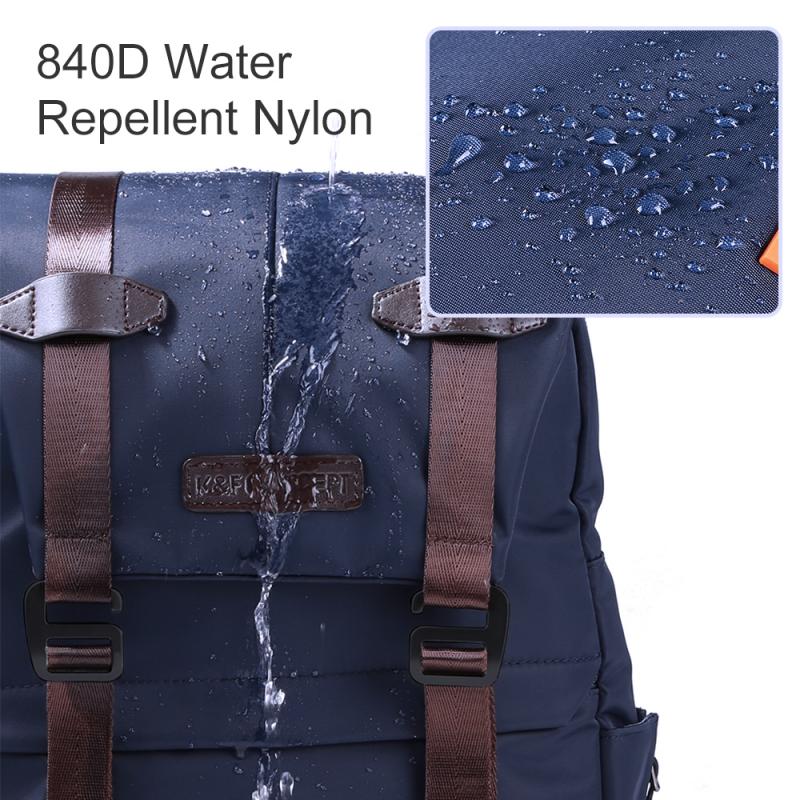
3、 Low-light situations: Reducing camera shake in dimly lit environments.
When to use a monopod for photography? One of the main reasons to use a monopod is in low-light situations. When shooting in dimly lit environments, such as indoors or during sunset or sunrise, the lack of sufficient light can result in slower shutter speeds. This can lead to camera shake, resulting in blurry images. By using a monopod, photographers can stabilize their cameras and reduce the risk of camera shake.
A monopod provides a single point of contact with the ground, offering more stability compared to handheld shooting. It allows photographers to keep their cameras steady while shooting at slower shutter speeds, without the bulk and setup time required for a tripod. This is particularly useful when shooting in crowded places or when mobility is important, such as during events or street photography.
In addition to reducing camera shake, a monopod can also help photographers achieve sharper images when using telephoto lenses. Telephoto lenses have a narrower field of view and magnify camera movements, making them more susceptible to blur. By using a monopod, photographers can stabilize the camera and lens, resulting in sharper images.
It is important to note that while a monopod can provide stability, it does not completely eliminate camera shake. It is still necessary to use proper shooting techniques, such as maintaining a steady grip and using a remote shutter release or timer to minimize any additional movement.
In conclusion, using a monopod in low-light situations is beneficial for reducing camera shake and achieving sharper images. It provides stability without the bulk of a tripod, making it a convenient tool for photographers in various shooting scenarios.
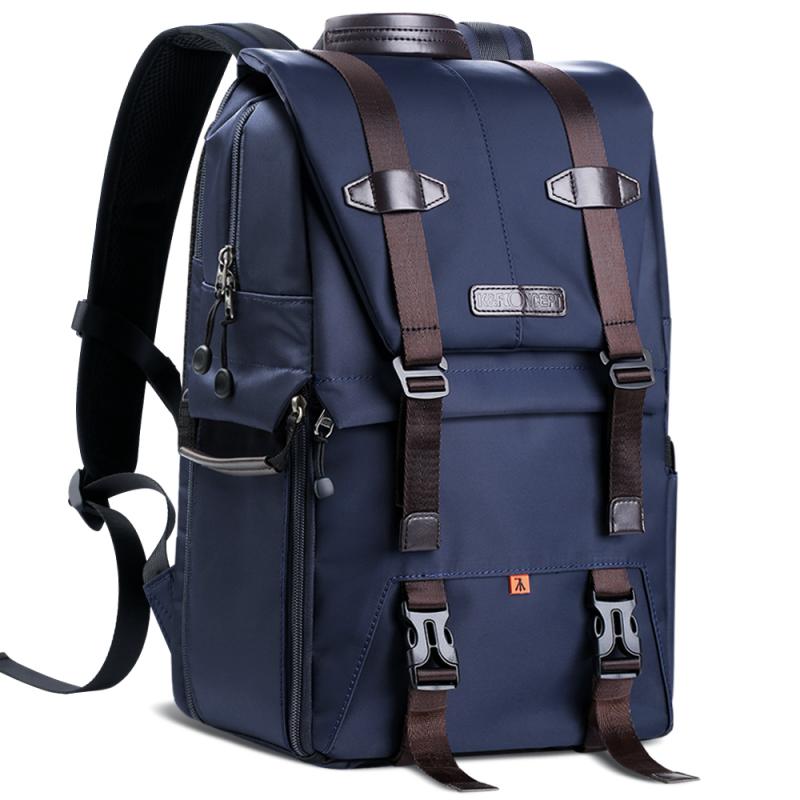
4、 Telephoto lenses: Supporting heavy lenses for better balance and control.
When to use a monopod for photography? One of the primary reasons to use a monopod is when using telephoto lenses. Telephoto lenses tend to be heavy and can be difficult to hold steady for extended periods of time. By using a monopod, you can provide additional support to the lens, resulting in better balance and control.
Telephoto lenses have a narrow field of view and magnify the subject, making any camera movement more noticeable. Even the slightest shake can result in blurry images. By using a monopod, you can minimize camera shake and achieve sharper images, especially when shooting at longer focal lengths or in low light conditions.
Another advantage of using a monopod with telephoto lenses is that it allows for easier panning and tracking of moving subjects. The monopod acts as a stabilizing tool, making it easier to follow the action and capture sharp images.
In addition to telephoto lenses, monopods can also be useful when shooting in crowded or restricted spaces where tripods are not allowed or impractical. They are lightweight and portable, making them a convenient option for photographers on the go.
It is worth noting that advancements in image stabilization technology in modern cameras and lenses have reduced the need for monopods in some situations. However, they still remain a valuable tool for photographers, particularly when using heavy telephoto lenses or shooting in challenging conditions.
In conclusion, using a monopod for photography, especially when using telephoto lenses, can greatly improve the stability and control of your shots. It is a useful accessory to have in your kit, providing support and minimizing camera shake for sharper images.
